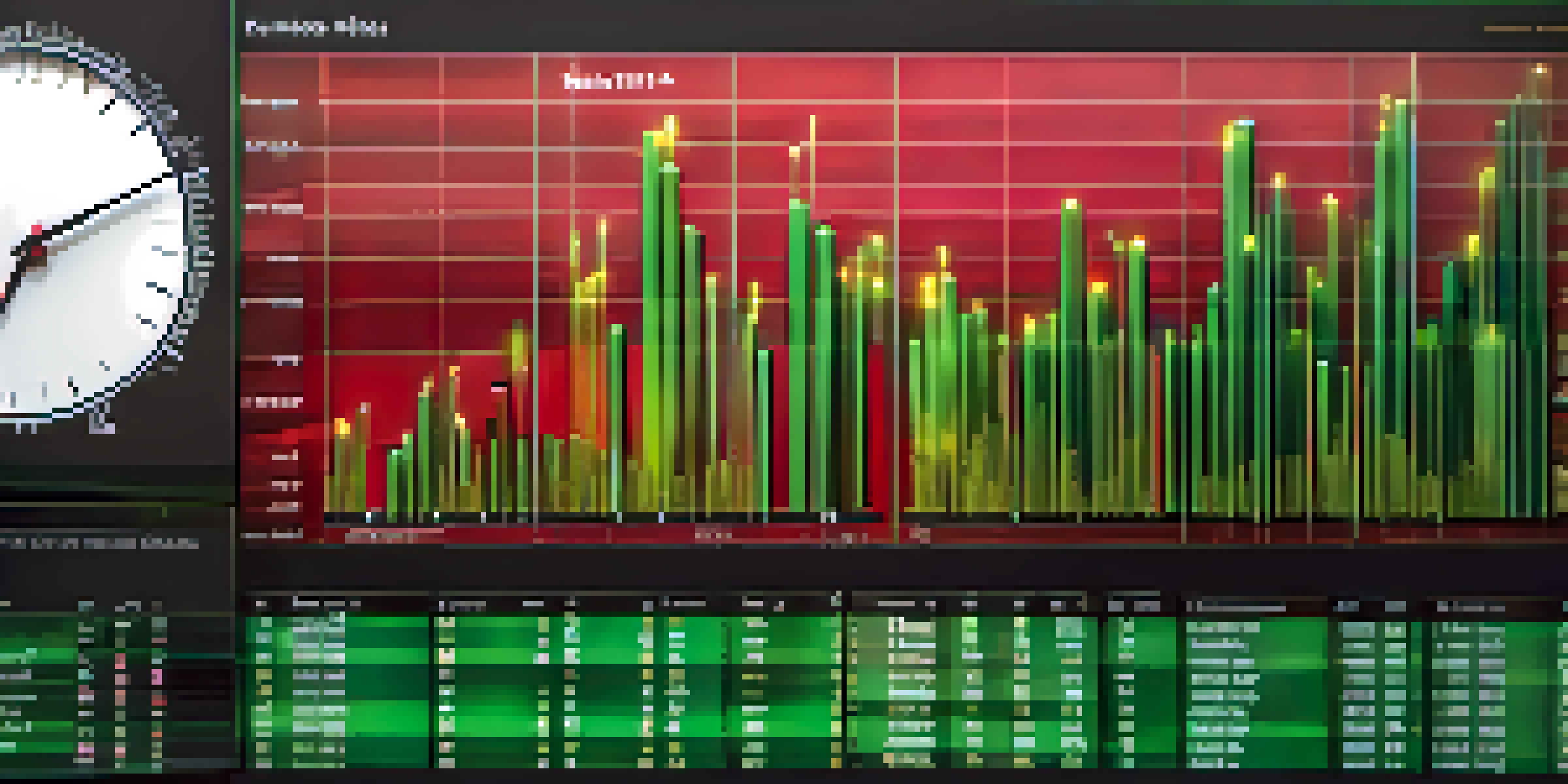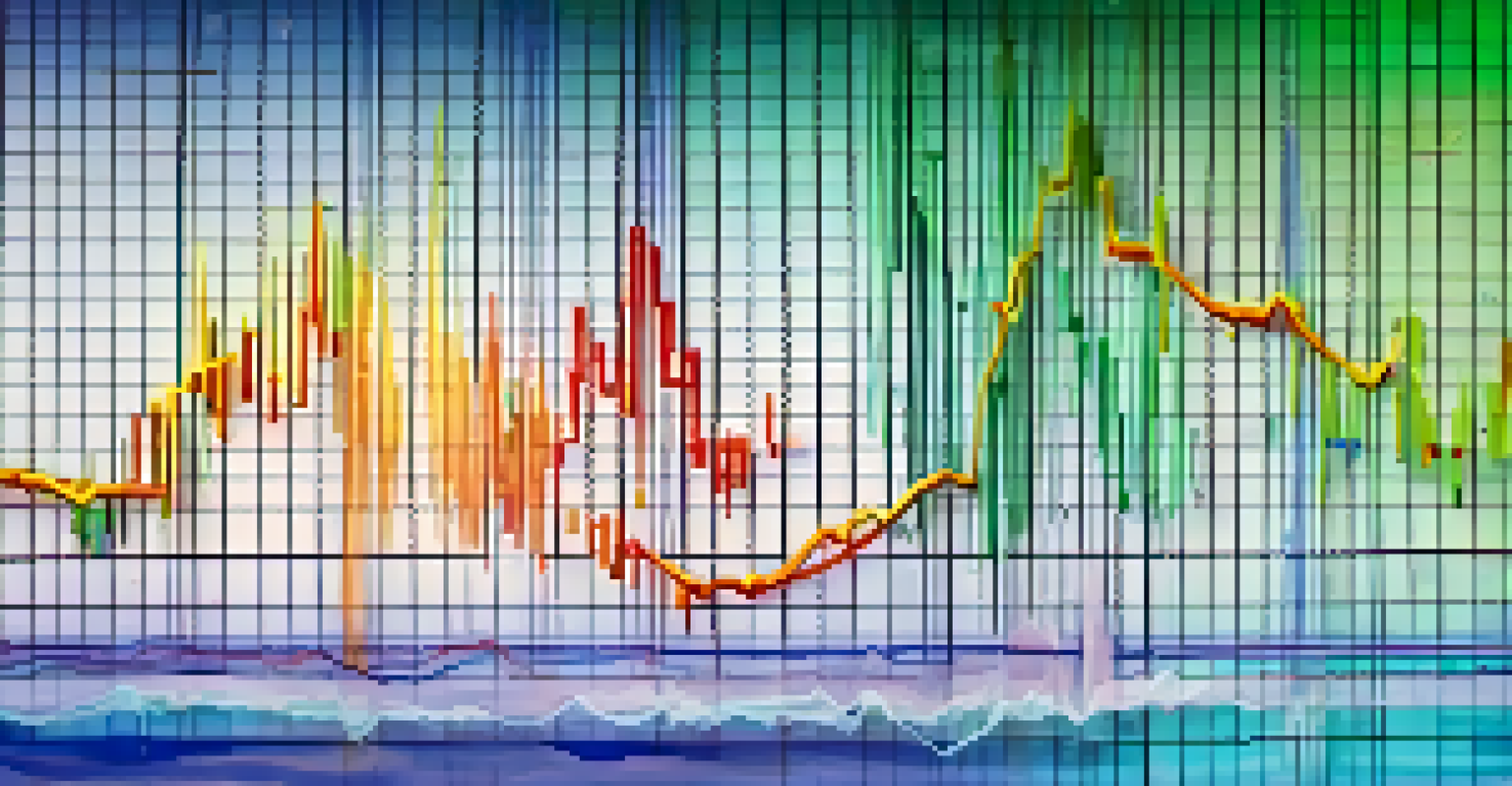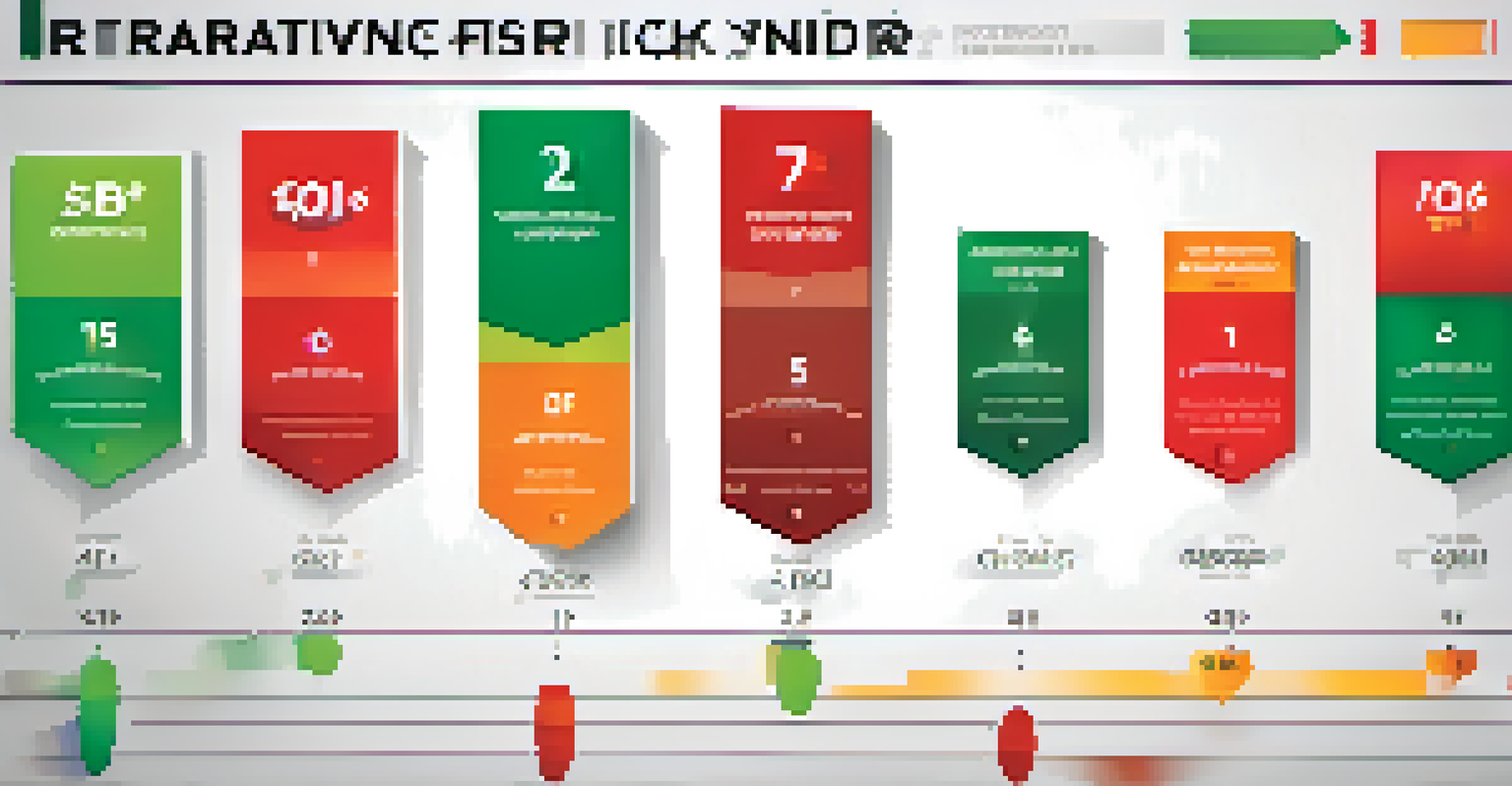Technical Analysis: Key Tools for Investment Research

Understanding Technical Analysis: A Primer for Investors
Technical analysis is a method used by investors to evaluate securities by analyzing statistics generated by market activity. At its core, it focuses on price movements and trading volume, rather than the underlying company's fundamentals. By understanding patterns and trends in price charts, investors can make informed decisions on when to buy or sell.
Technical analysis is the study of market action, primarily through the use of charts, for the purpose of forecasting future price trends.
Unlike fundamental analysis, which looks at a company’s financial health, technical analysis provides insights into market psychology and sentiment. This approach assumes that all relevant information is already reflected in the stock price, making it crucial for traders to interpret these price movements effectively. The beauty of technical analysis is its applicability to various markets, including stocks, forex, and cryptocurrencies.
For those new to investing, technical analysis might seem overwhelming at first. However, by familiarizing yourself with its core concepts and tools, you can enhance your investment strategy. Additionally, combining technical analysis with fundamental insights can create a more well-rounded approach to investing.
Candlestick Charts: Visualizing Market Movements
Candlestick charts are one of the most popular tools in technical analysis, offering a visual representation of price movements over time. Each candlestick displays four crucial data points: open, high, low, and close prices for a specific timeframe. This format allows traders to quickly gauge market sentiment and identify potential reversals or continuations in price trends.

The shape and color of a candlestick can tell a story about market activity—green (or white) candles indicate price increases, while red (or black) candles show declines. By analyzing sequences of candlesticks, investors can spot patterns such as doji, hammers, and engulfing patterns, which can signal potential buy or sell opportunities. Understanding these formations can significantly enhance your trading decisions.
Technical Analysis Simplified
Technical analysis helps investors make informed trading decisions by focusing on price movements and market psychology rather than company fundamentals.
Moreover, candlestick patterns are often used in conjunction with other technical indicators to provide more robust insights. They can alert you to potential market reversals or confirm the strength of a trend, making them an indispensable tool in any investor's toolkit. Learning to read these charts effectively can empower you to navigate the markets with greater confidence.
Moving Averages: Smoothing Out Price Data
Moving averages (MAs) are essential tools that help investors identify trends by smoothing out price data over a specified period. The two most commonly used types are the simple moving average (SMA) and the exponential moving average (EMA). While the SMA calculates the average price over a defined period, the EMA gives more weight to recent prices, making it more responsive to new information.
In trading and investing, it’s not about how much you make but rather how much you don’t lose.
Traders often use moving averages to determine support and resistance levels, as well as to identify potential entry and exit points. For example, when the price crosses above the moving average, it may signal a buying opportunity, while a cross below could indicate a sell signal. This crossover strategy can be a simple yet effective way to trade based on trend direction.
Additionally, combining multiple moving averages, such as the 50-day and 200-day averages, can provide a clearer picture of market trends. This technique, known as the moving average convergence divergence (MACD), helps investors spot bullish or bearish trends. Understanding moving averages can significantly enhance your technical analysis skills and overall investment strategy.
Relative Strength Index (RSI): Measuring Momentum
The Relative Strength Index (RSI) is a momentum oscillator that measures the speed and change of price movements. Ranging from 0 to 100, the RSI helps traders identify overbought or oversold conditions in a market. A reading above 70 typically indicates that a security may be overbought, while a reading below 30 suggests it may be oversold.
This powerful tool provides insights into potential reversals, allowing investors to time their entries and exits more effectively. For instance, if the RSI indicates an overbought condition and the price starts to decline, it might signal a good opportunity to sell. Conversely, an oversold reading that begins to rise could suggest a buying opportunity.
Key Tools for Traders
Essential tools like candlestick charts, moving averages, and the RSI empower traders to identify trends, reversals, and potential buy or sell opportunities.
Using RSI in conjunction with other technical indicators—like moving averages or candlestick patterns—can enhance its effectiveness. By confirming signals from multiple indicators, investors can make more informed decisions and reduce the risk of false signals. Mastering the RSI can add a valuable layer to your technical analysis toolkit.
Bollinger Bands: Assessing Volatility and Price Levels
Bollinger Bands are a popular technical analysis tool that helps traders assess market volatility and identify potential price levels. Created by John Bollinger, this indicator consists of three lines: the middle line is a simple moving average, while the upper and lower bands are set a certain number of standard deviations away from the average. This creates a dynamic range that adjusts with market volatility.
Traders often look for price action near the bands to gauge potential market movements. When the price touches the upper band, it may indicate overbought conditions, while touches on the lower band suggest oversold conditions. This can inform buy or sell decisions, especially when combined with other indicators for confirmation.
Moreover, the distance between the bands indicates market volatility. When the bands are close together, it signifies lower volatility, while wider bands indicate higher volatility. Understanding how to interpret Bollinger Bands can help you navigate different market conditions and make more informed trading decisions.
Volume Analysis: Understanding Market Activity
Volume analysis is a critical aspect of technical analysis that focuses on the number of shares or contracts traded in a security during a given timeframe. Understanding volume can provide insights into the strength or weakness of a price trend. For example, a price increase accompanied by high volume suggests strong buying interest, while a price rise on low volume may indicate a lack of conviction.
Incorporating volume into your trading strategy can enhance your understanding of market movements. For instance, if a security's price breaks through a resistance level with significant volume, it may signal a strong bullish trend. Conversely, if the price approaches a support level but volume decreases, it might indicate a potential reversal.
Combining Strategies for Success
Integrating various technical analysis tools creates a comprehensive strategy that enhances decision-making and risk management in trading.
Additionally, volume indicators such as the On-Balance Volume (OBV) can help traders assess cumulative volume trends and identify potential buy or sell signals. By integrating volume analysis into your technical toolkit, you can gain a deeper understanding of market dynamics and improve your trading decisions.
Putting It All Together: Creating a Comprehensive Strategy
While each technical analysis tool offers unique insights, the real power lies in combining them to create a comprehensive trading strategy. By analyzing price patterns, indicators like RSI and moving averages, and incorporating volume analysis, you can build a holistic view of market conditions. This multi-faceted approach can help you identify potential opportunities and mitigate risks more effectively.
For instance, you might use candlestick patterns to identify potential reversal points, then confirm those signals with the RSI and volume analysis. This layered approach can provide greater confidence in your trading decisions and help you navigate the complexities of the market more effectively. It’s like building a puzzle: each tool adds a piece to the bigger picture.

As you develop your technical analysis skills, remember that practice and continuous learning are essential. Markets evolve, and staying informed about new trends and tools will enhance your investment strategy. By honing your skills and applying these tools judiciously, you can increase your chances of success in the ever-changing world of investing.